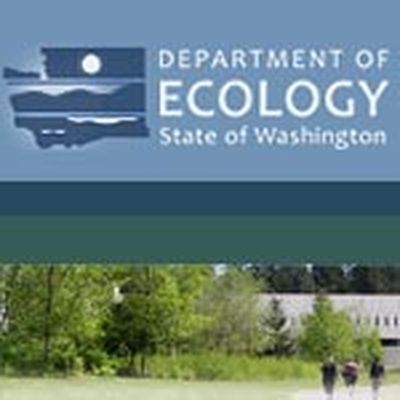Find natural, safer ways to maintain your lawn

Lawns, fertilizers, and sprinklers – OH MY!
Summer is officially in full swing. Backyard BBQs and neighborhood block parties are happening all across the region. Hosts and hostesses want to make sure that their outdoor living spaces are in tip top shape for visitors. Pruning, mowing, watering, and the list could go on.
In taking care of our little corner of the world, we often use water inefficiently, produce a lot of yard waste, and overuse chemicals that are bad for the environment and our families’ health. It doesn’t have to be that way.
We are all responsible for protecting our local lakes, streams, river, and groundwater. By taking time to think about how we manage our lawns and gardens we can prevent pollution. Fertilizers and pesticides improperly applied to our landscapes can easily wash into storm drains, ditches, and swales which can add up to big problems for our water. It’s not just rain washing pollution into our lakes, rivers and streams; overuse of sprinklers also takes blame.
Having a beautiful yard and garden is easier than you think. Whether you do it yourself or hire a landscape company, a healthy landscape and healthy environment is within reach.
If you do it yourself, follow these five simple steps for natural yard care
1. Build healthy soil
2. Plant right for your site
3. Practice smart watering
4. Think twice before using pesticides
5. Practice natural lawn care
For more in depth tips and tools for going natural in your yard, click here.”
If you are looking to hire a landscape company to help you out, make sure they follow a few basic guidelines:
1. Build plant health
2. Reduce dependence on toxic chemicals
3. Conserve precious water
See the attached box for a checklist and credentials to look for when hiring a landscape company.